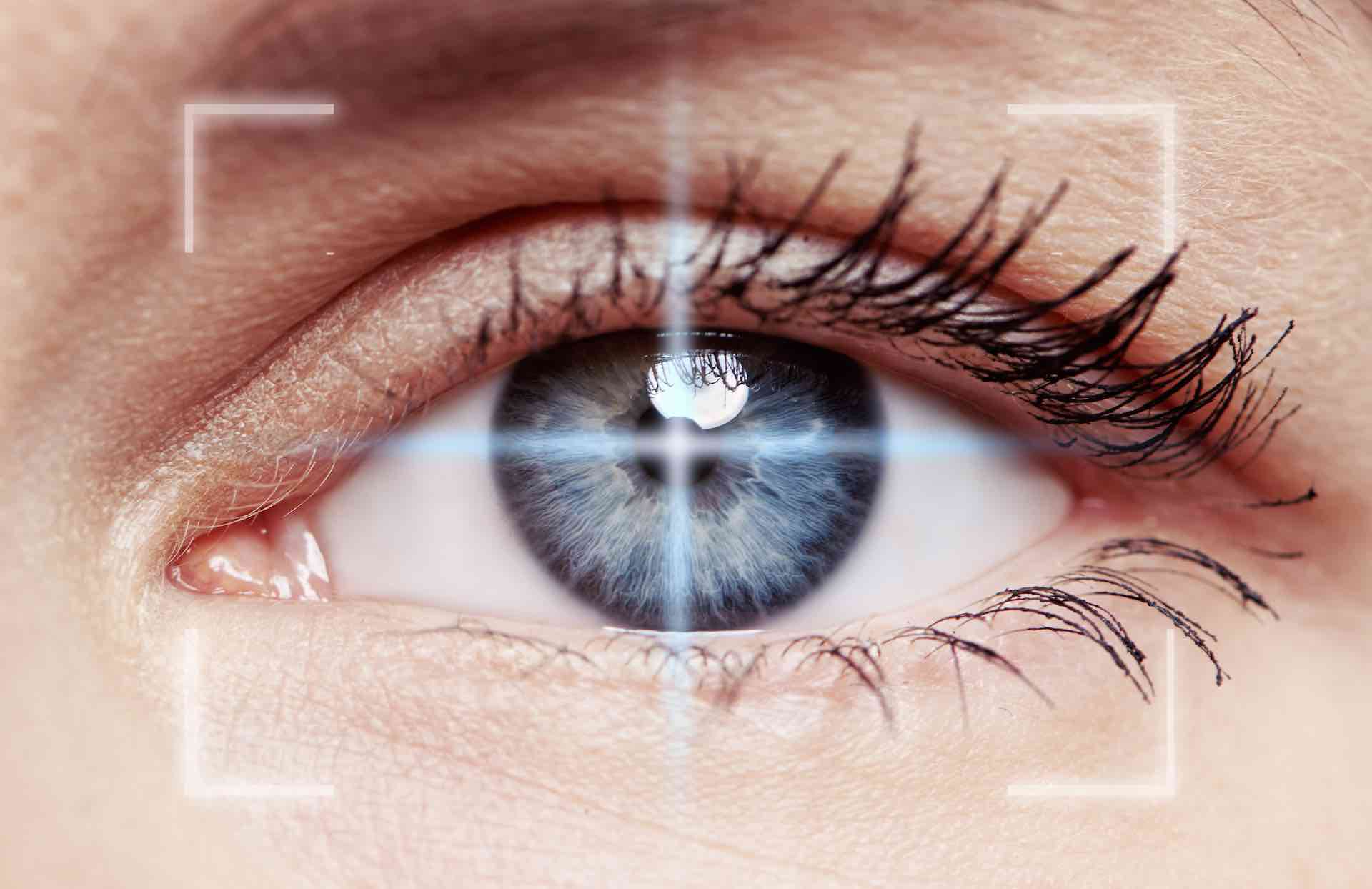

January 3, 2020
A few years ago, materials science company W.L. Gore & Associates approached Esen Akpek, the Bendann Family Professor of Ophthalmology at the Wilmer Eye Institute, with an intriguing proposal: Would she work with them to design a next-generation artificial cornea?
That initial inquiry with Akpek led to an expanded research portfolio at the Wilmer Eye Institute,with several other investigators working to develop novel devices using Gore materials for corneal transplantation and the treatment of glaucoma. The manufacturer is best known for Gore-Tex, a waterproof material used in outerwear, but it also produces products such as air filters, heart stents and guitar strings.
“It was a way for the company to have access to clinician researchers at Wilmer, but also for Wilmer clinician researchers to have access to a company with materials, grant support and technical assistance as well,” says Akpek, noting that retinal disease is also on the company’s radar. “It’s a huge collaboration between industry and academia, and I think the products produced will be very useful for patients.”
Cornea transplants are the most common form of solid organ transplantation in the world,but they have limitations. For one, the surgery is done with cadaver tissue, and some countries outside the U.S. have a shortage of donated corneas, says Albert Jun, chief of the Division of Cornea, Cataract and External Eye Diseases.
In addition, some patients are not good candidates, Akpek says. This includes those who already have had a cornea transplant failure, people with dry eye disease, and babies and young children born with cornea problems, whose highly active immune systems are likely to reject donor tissue.
Artificial corneas on the market now are made from polymethylmethacrylate, a type of plastic glass, she says: “It’s not suturable, it’s not flexible and it cannot be covered with the recipient’s own skin. You still have to get cornealdonor tissue to suture the material into the recipient eye, and because it’s not flexible, there’s constant friction, along with a risk of inflammation and ulcers.”
Akpek and research program coordinators Nicole Eraso and Shanna VanCourt worked with Gore to design a Teflon-like material for transplantation that does not require donor tissue to succeed. The clear textile is flexible, suturable and durable, Akpek says. “Refractive power can be built in so it’s really great quality for anterior segment use, as well as for cornea and for lens. It’s also versatile; the company can increase or decrease the pore size, and treat it in different ways to make cells grow on it or make it opaque versus transparent.”
The team designed a couple of prototypes and an experimental research protocol, testing the device in rabbits. Results are “very encouraging,” Akpek says, and the first paper about the work has been submitted to a peer-reviewed journal. The next steps include meeting with the Food and Drug Administration to design an official preclinical trial.
Jun also has been working with the company to create artificial cornealtissue, developing a layer of corneal endothelial cells, like those that grow on the inner surface of the cornea, to be grown on a Gore membrane.
“One of the revolutions that has occurred in the last 20 years is that the cornea, which is only about five sheets of paper thick, can be divided up into different layers depending on what part needs to be replaced,” he says, like you might retread car tires without replacing the sidewall. The field has evolved to where surgeons can peel off this very thin layer, which is about 1/25th of the total cornea thickness,to transplant to a patient in need. However, the surgery is difficult to perform because that tissue is very flimsy and difficult to handle, says Jun: “It’s easy to damage the tissue when you’re trying to transplant it.” It also doesn’t lie flat, and it tends to curl up, requiring surgeons to delicately unscroll it to get it to stick in place.
“The theoretical advantages of using Gore membrane are that they can make it flat, they can make it strong and they can make it stick to the cornea better than natural tissue,” Jun says.
His group is now working to improve compatibility between cornea cells grown in the lab with different prototypes of Gore membrane material. Once they get the cells to behave as they would on a natural membrane, they will test the material in laboratory animals.
Gore also has research projects underway with assistant professors Ian Pitha,and Amanda Bicket, who are developing novel glaucoma devices using Gore membrane. Research associate James Foster just began work trying to grow corneal epithelial cells on the Gore membrane.
It has been difficult to get epithelial cells (the cells lining the outer surface of the cornea) to migrate over the top of Gore’s prototype implant, Foster says.
“In order to properly integrate into the patient, we need the epithelial cells to cover the entire implant and seal the cornea from the external environment,,” he says. “Our job is to work with Gore to get this implant to a place where epithelial cells grow over the top to reseal the cornea to protect it against infection.”

